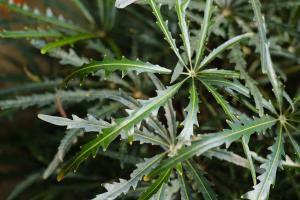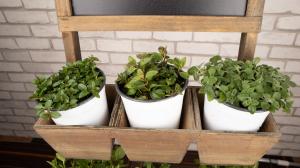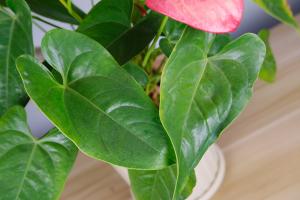Why is My Tomato Plant Yellow?
Tomato plants are a popular choice for gardens, as they are relatively easy to grow and produce delicious, juicy fruit. However, sometimes things don't go as planned, and you may find that your once vibrant tomato plant has started to turn yellow. This can be a sign of a few different problems, and it's important to identify the cause in order to treat the issue and get your plant back to its healthy green color.
Causes of Yellow Tomato Plants
There are several reasons that your tomato plant may be turning yellow. One common cause is a lack of nutrients in the soil. Tomatoes are heavy feeders, meaning that they require a lot of nutrients in order to grow and produce fruit. If the soil is lacking in key nutrients like nitrogen, phosphorus, or potassium, your plant may start to show signs of nutrient deficiency, including yellowing leaves.
Another possible cause of yellow tomato plants is disease. There are several diseases that can affect tomato plants, including fusarium wilt and verticillium wilt, which can cause yellowing and wilting of the leaves. If you suspect that your plant may be diseased, it's important to take action quickly to prevent the spread of the disease to other plants in your garden.
In addition to nutrient deficiencies and disease, yellow tomato plants can also be caused by environmental factors like over-watering or under-watering, exposure to high temperatures, or too much or too little sunlight. It's important to make sure that your tomato plant is getting the right amount of water and sunlight, and that it is not being exposed to extreme temperatures or other environmental stressors.
Treatment for Yellow Tomato Plants
If you've identified the cause of your yellow tomato plant, you can take steps to treat the issue and get your plant back to health. If the cause is nutrient deficiency, you can try fertilizing your plant with a balanced fertilizer that contains key nutrients like nitrogen, phosphorus, and potassium. Be careful not to over-fertilize, however, as this can cause other problems like leaf burn.
If your plant is suffering from disease, you may need to remove infected plants and treat the soil to prevent the spread of the disease. In some cases, it may be necessary to rotate your crops to prevent the build-up of disease in the soil.
If environmental factors are to blame for your yellow tomato plant, you can make adjustments to the way you care for your plant. Make sure that you're not over-watering or under-watering your plant, and that it is getting the right amount of sunlight for its needs. If your plant is exposed to extreme temperatures, you may need to move it to a more protected location or provide shade during the hottest parts of the day.
Preventing Yellow Tomato Plants
The best way to prevent yellow tomato plants is to provide your plants with the right growing conditions from the start. Make sure that you're planting your tomatoes in nutrient-rich soil, and that you're fertilizing them regularly throughout the growing season. Monitor your plants for signs of disease or distress, and take action quickly if you notice any issues.
In addition to providing your tomato plants with the right growing conditions, it's also important to choose disease-resistant varieties whenever possible. Look for tomato varieties that are resistant to common tomato diseases like fusarium wilt and verticillium wilt, and be sure to rotate your crops each year to prevent disease build-up in the soil.
Conclusion
If you're wondering why your tomato plant has turned yellow, there are a number of possible causes. By identifying the cause and taking steps to treat the issue, you can get your plant back to its healthy green color and ensure a bountiful harvest of delicious, juicy tomatoes. With the right care and attention, your tomato plants will thrive and enrich your garden for years to come.

 how many times do yo...
how many times do yo... how many planted tre...
how many planted tre... how many pine trees ...
how many pine trees ... how many pecan trees...
how many pecan trees... how many plants comp...
how many plants comp... how many plants can ...
how many plants can ... how many plants and ...
how many plants and ... how many pepper plan...
how many pepper plan...































